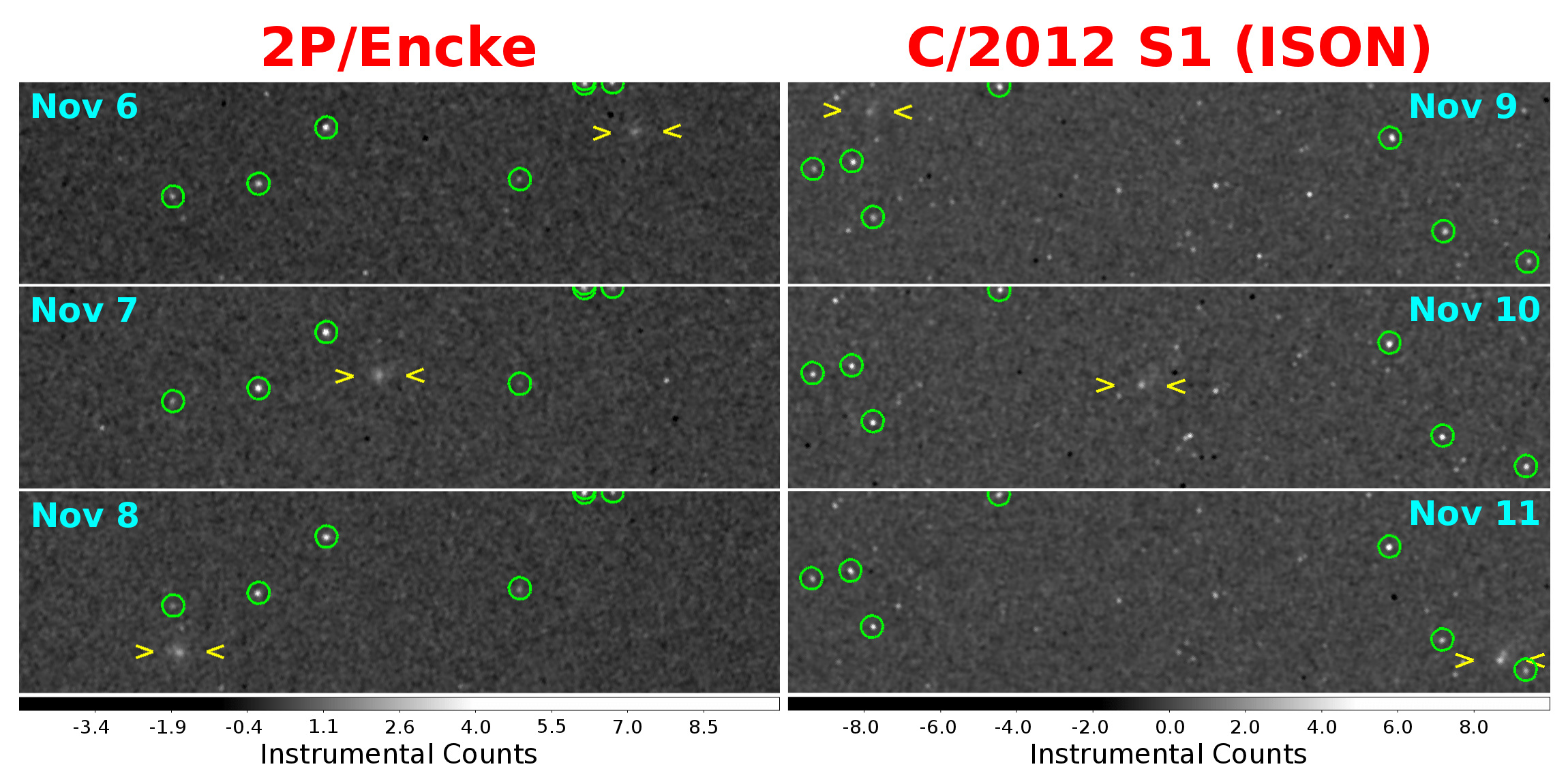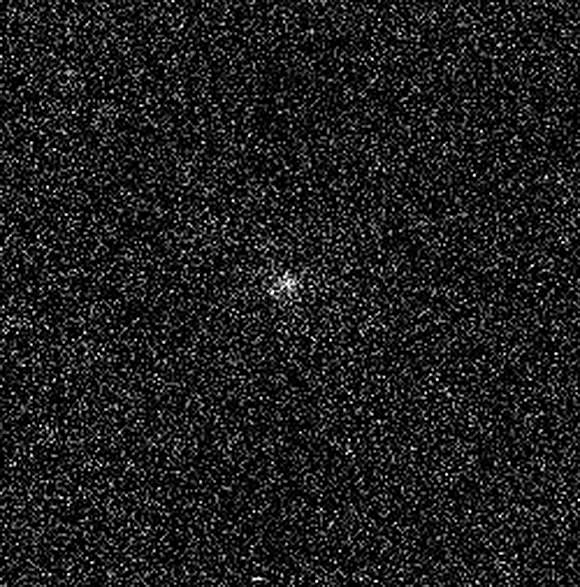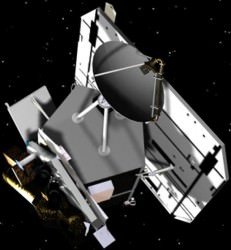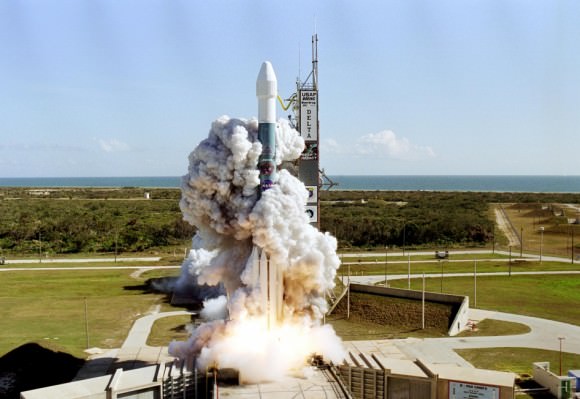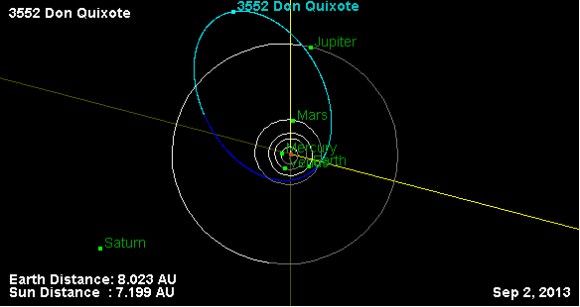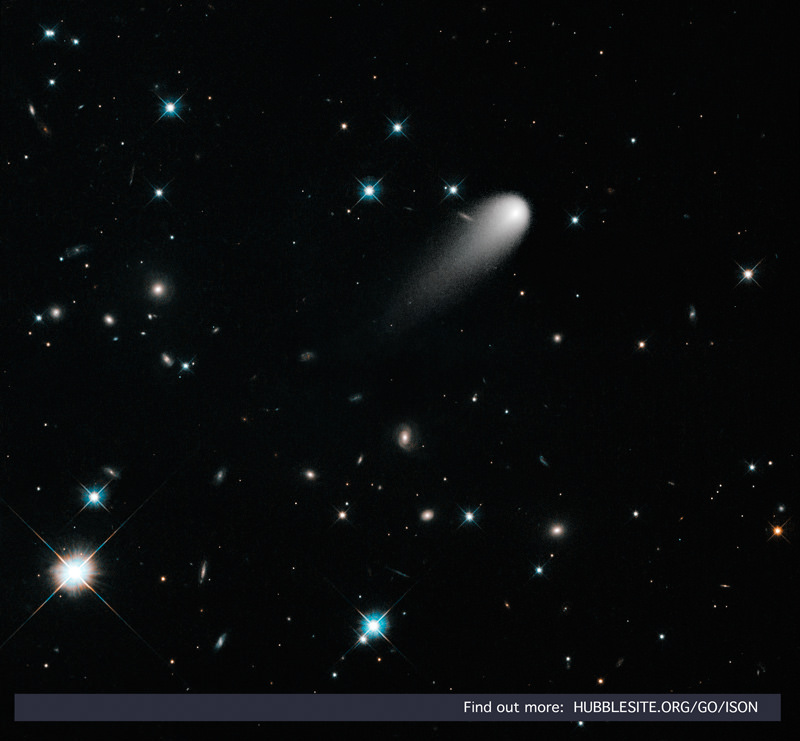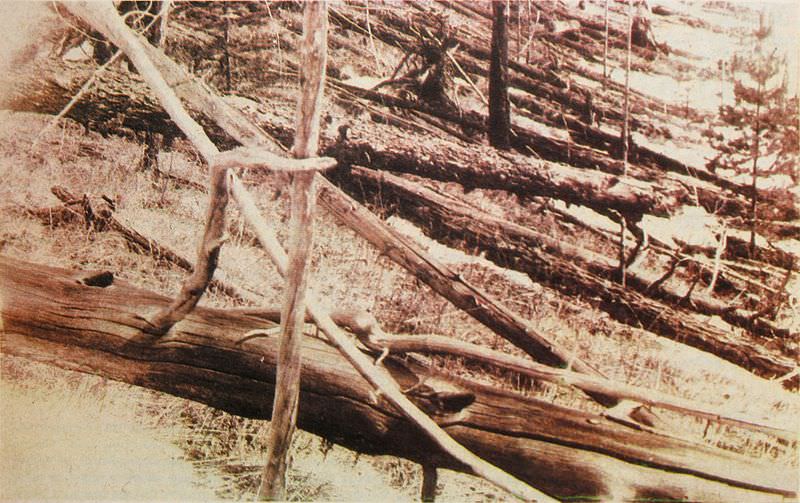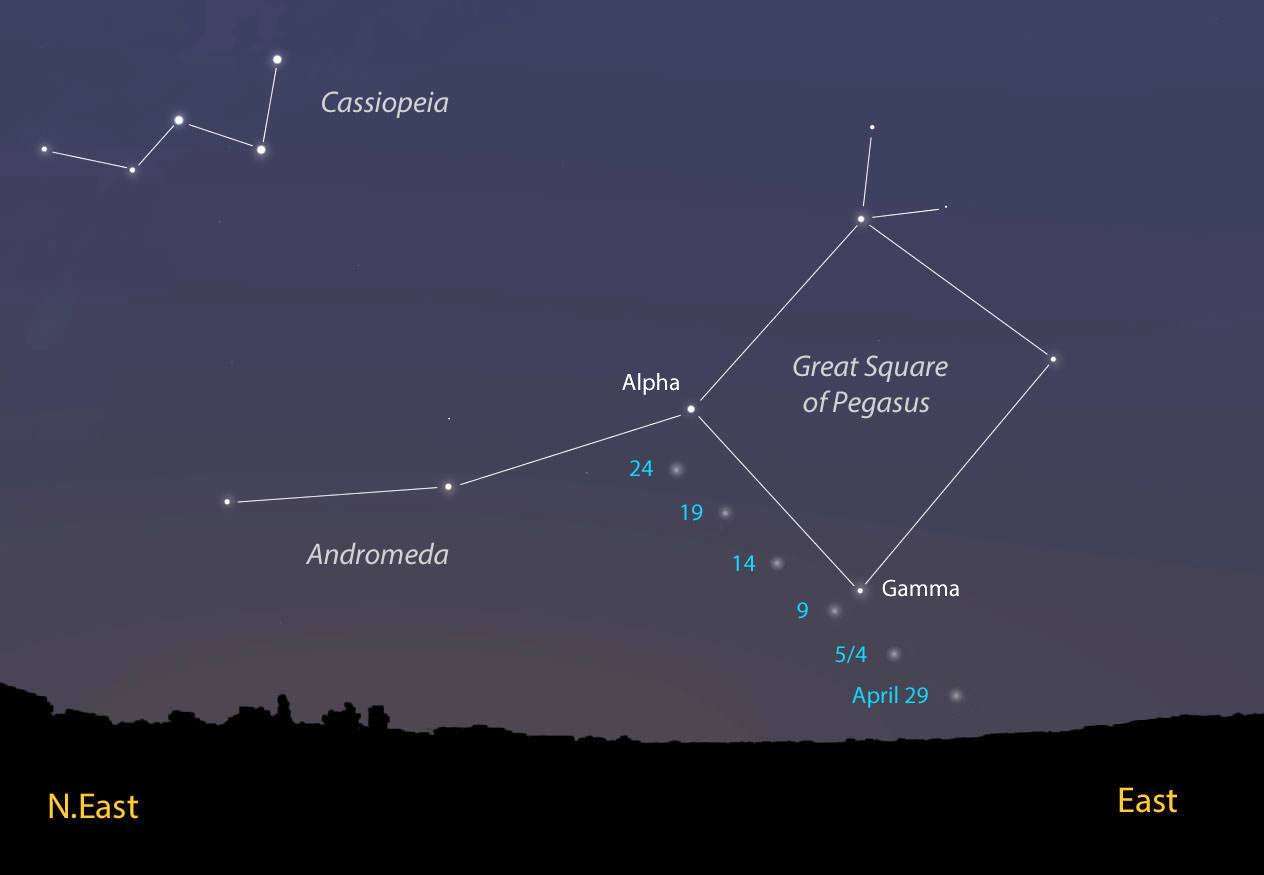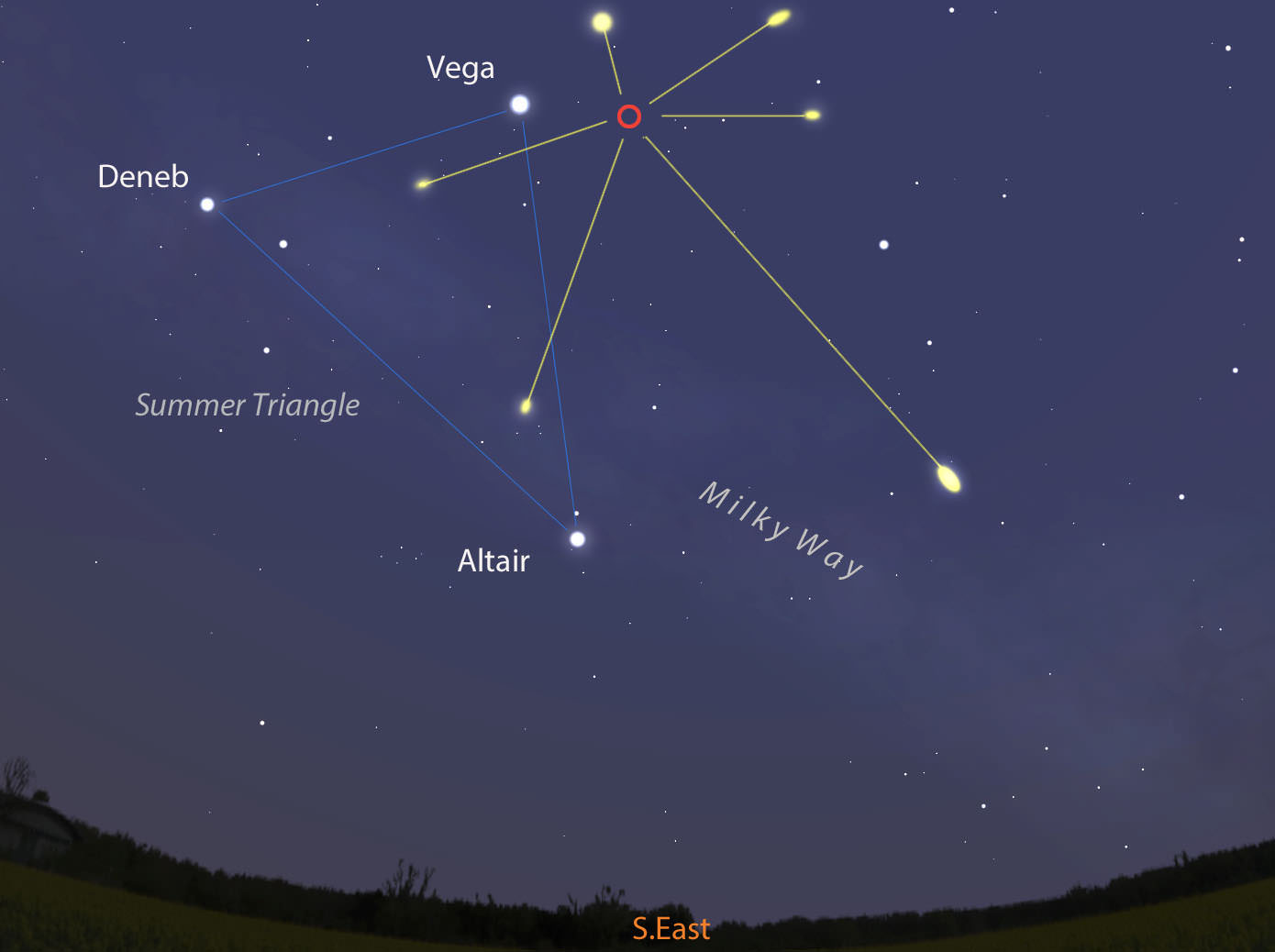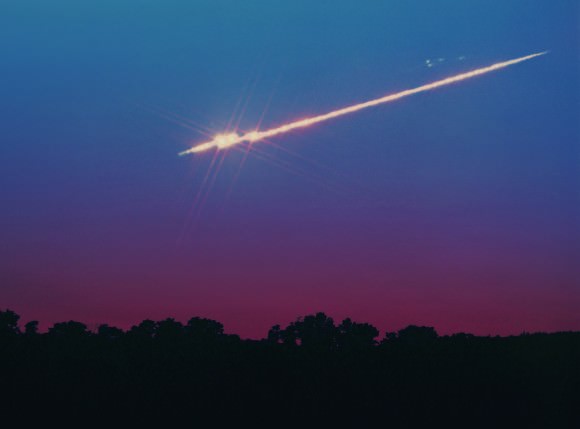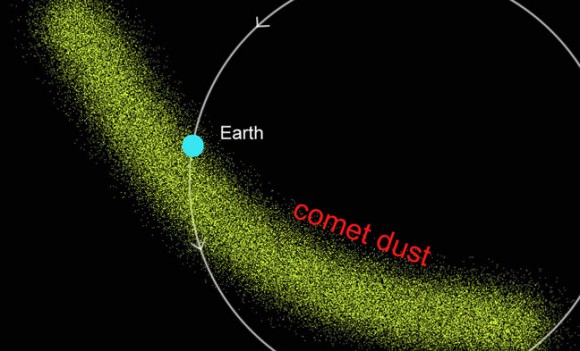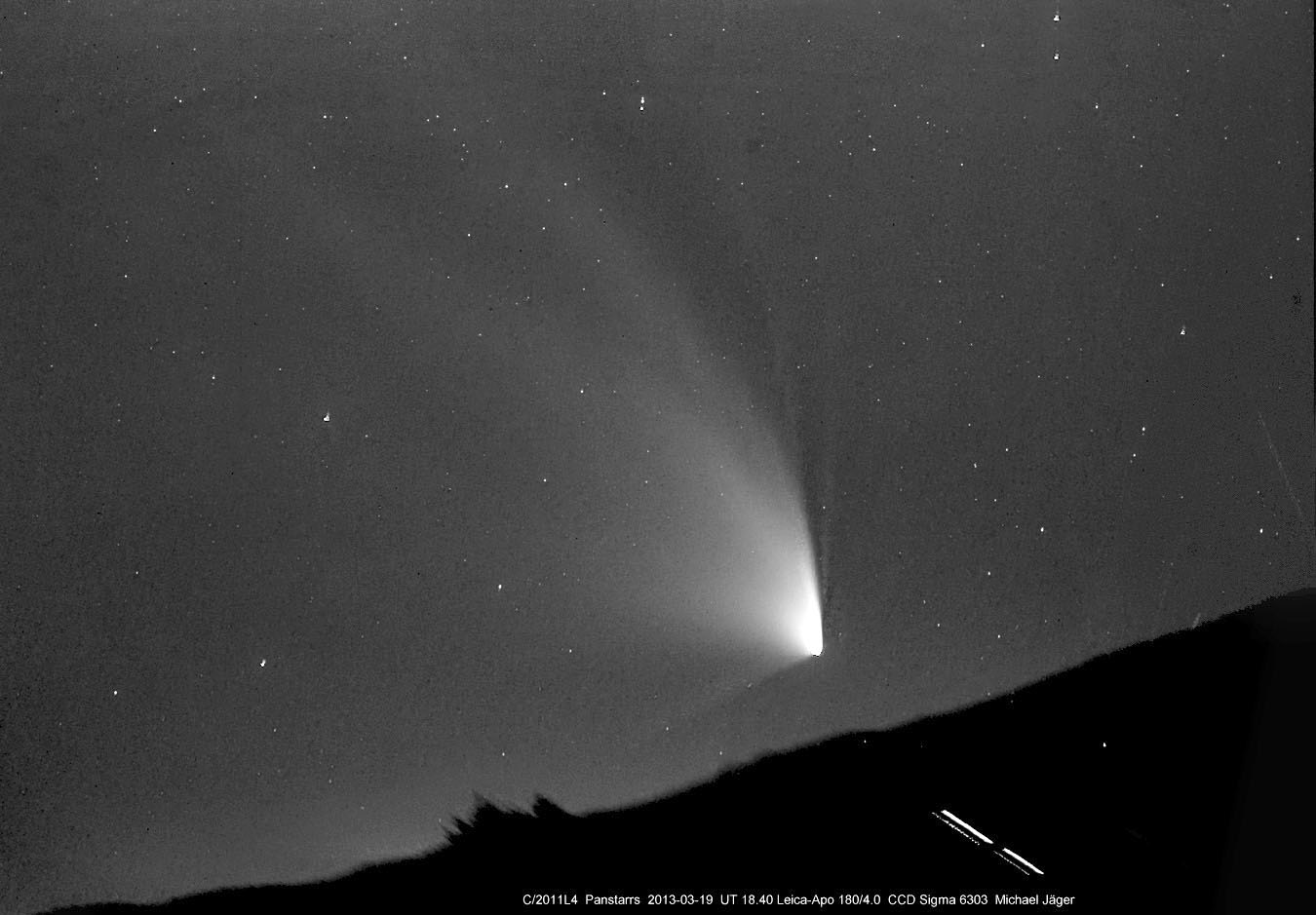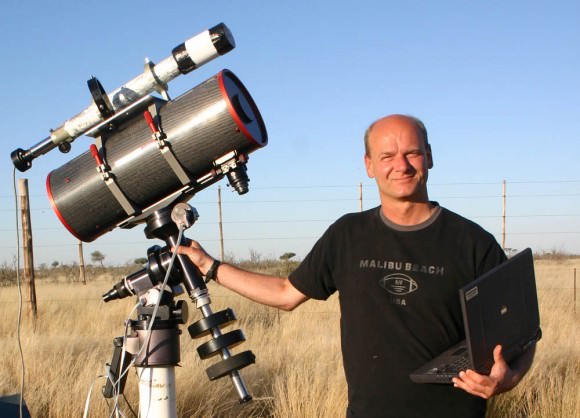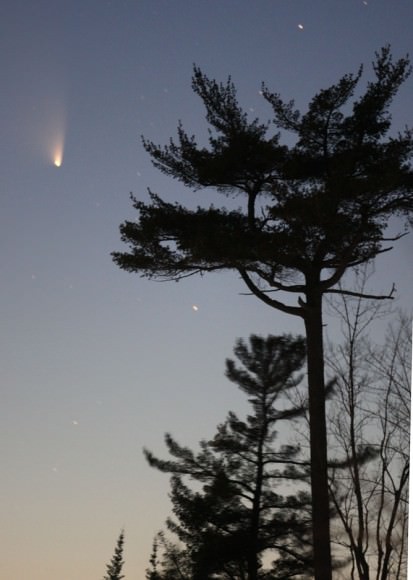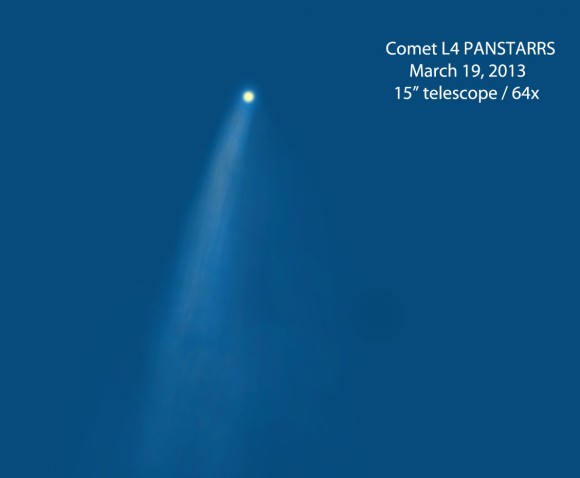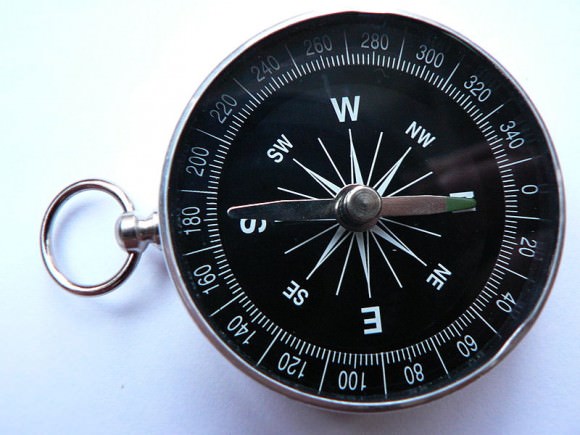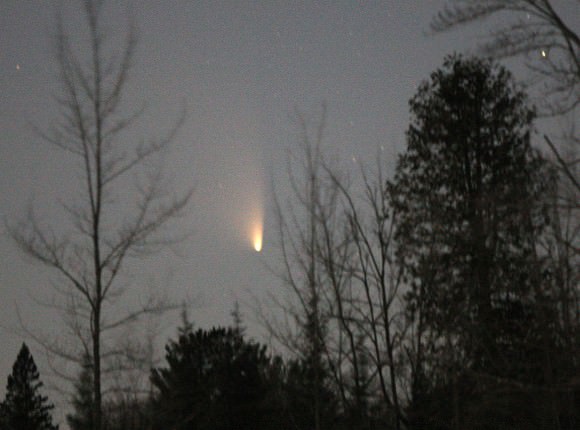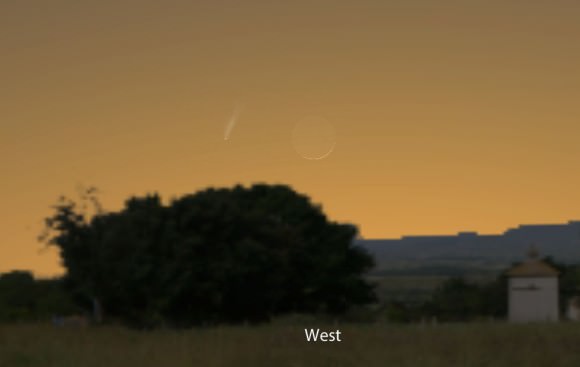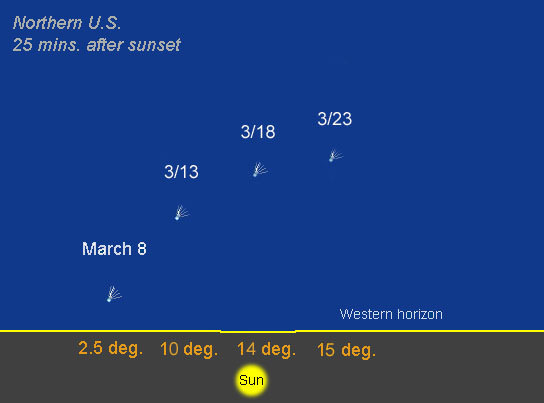Two comets currently on their way toward the Sun have been captured on camera from the innermost planet. The MESSENGER spacecraft in orbit around Mercury has spotted the well-known short-period comet Encke as well as the much-anticipated comet ISON, imaging the progress of each over the course of three days. Both comets will reach perihelion later this month within a week of each other.
While Encke will most likely survive its close encounter to continue along its 3.3-year-long lap around the inner Solar System, the fate of ISON isn’t nearly as certain… but both are making for great photo opportunities!
The figure above shows, on the left, images of comet 2P/Encke on three successive days from Nov. 6 to Nov. 8; on the right, images of C/2012 S1 (ISON) are shown for three successive days from Nov. 9 to Nov. 11. Both appear to brighten a little bit more each day.

MESSENGER is viewing these comets from a vantage point that is very different from that of observers on Earth. Comet Encke was approximately 0.5 AU from the Sun and 0.2 AU from MESSENGER when these images were taken; the same distances were approximately 0.75 AU and 0.5 AU, respectively, for ISON. More images will be obtained starting on November 16 when the comets should be both brighter and closer to Mercury. (Source: MESSENGER featured image article.)
Encke will reach its perihelion on Nov. 21; ISON on Nov. 28.
Read more: Will Comet ISON Survive Perihelion?
“We are thrilled to see that we’ve detected ISON,” said Ron Vervack, of the Johns Hopkins University Applied Physics Laboratory, who is leading MESSENGER’s role in the ISON observation campaign. “The comet hasn’t brightened as quickly as originally predicted, so we wondered how well we would do. Seeing it this early bodes well for our later observations.”
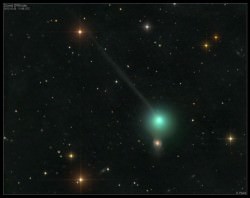
Unlike ISON, Encke has been known for quite a while. It was discovered in 1786 and recognized as a periodic comet in 1819. Its orbital period is 3.3 years — the shortest period of any known comet — and November 21 will mark its 62nd recorded perihelion. (Source)
Read more: How to See This Season’s “Other” Comet: 2P/Encke
“Encke has been on our radar for a long time because we’ve realized that it would be crossing MESSENGER’s path in mid-November of this year,” Vervack explained. “And not only crossing it, but coming very close to Mercury.”
These early images of both comets are little more than a few pixels across, Vervack said, but he expects improved images next week when the comets make their closest approaches to MESSENGER and Mercury.
“By next week, we expect Encke to brighten by approximately a factor of 200 as seen from Mercury, and ISON by a factor of 15 or more,” Vervack said. “So we have high hopes for better images and data.”
– Ron Vervack, JHUAPL
Read more about the MESSENGER cometary observation campaign in the full news release here.
Credit: NASA/Johns Hopkins University Applied Physics Laboratory/Carnegie Institution of Washington/Southwest Research Institute

